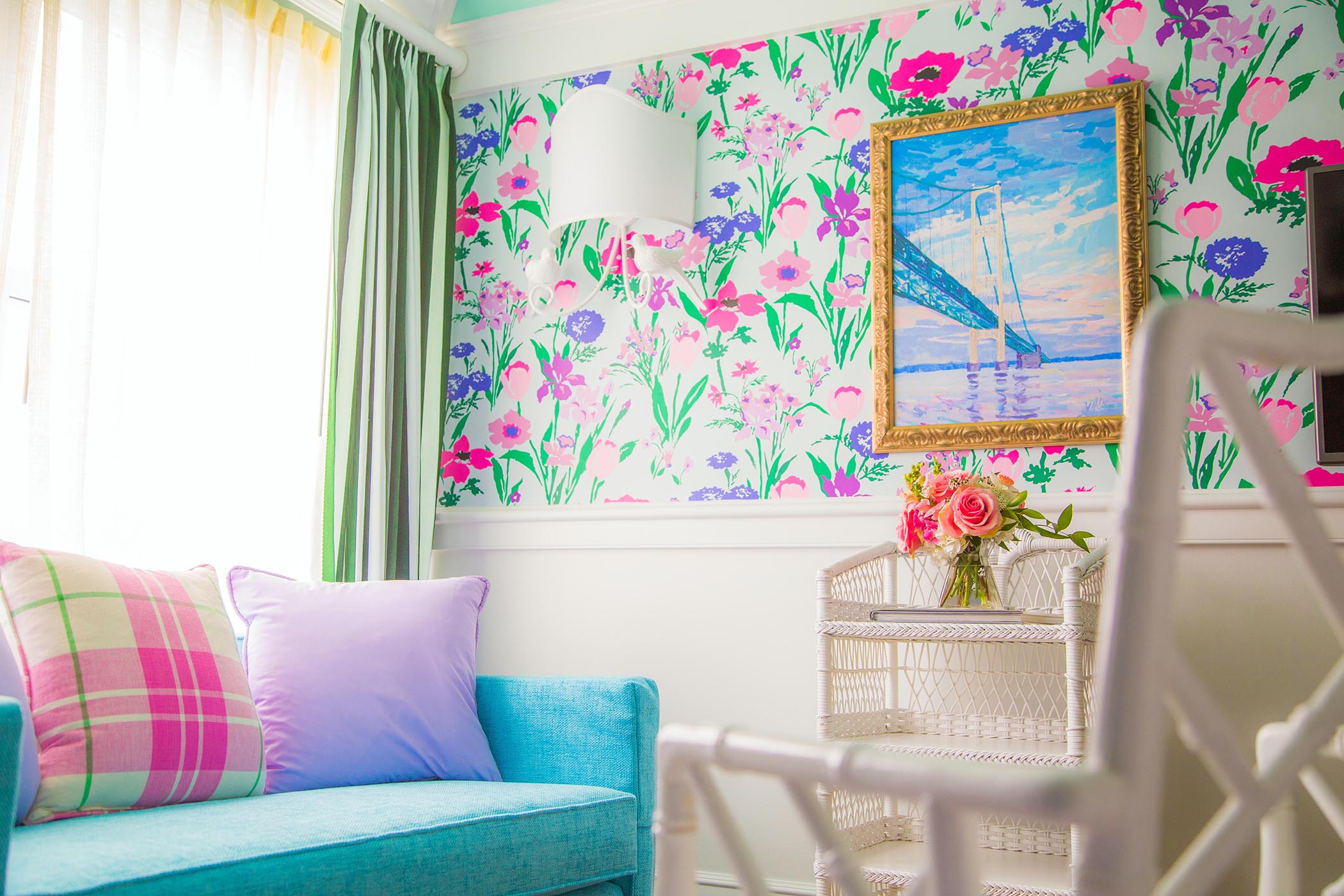
Before COVID and having two kiddos, I taught a class at the Visual Arts Center of Richmond called “The Nuts & Bolts of Freelancing.” In the three-hour workshop writers learned how to launch a freelance career. And although I covered everything from refining story ideas to negotiating your pay, the main focus of the class was pitching stories.
As a freelancer, pitching stories to editors can be time consuming and emotionally draining, especially if you spend hours researching and writing the pitch only to hear crickets after sending it out. Writers don’t get paid for the time and energy they spend crafting story queries, so sometimes a pitch honestly can end up being a total waste of time. Have I been there? Plenty of times. “But what does a successful pitch look like?” you may wonder. “And how do I land it somewhere grand?” Gather round, friends. I shall tell you.
In the past 12 years I have freelanced in many capacities — freelancing on the side with full-time journalism and marketing jobs, freelancing part-time with a part-time marketing job, and then when I was 30 I moved to freelance writing full time. It wasn’t until I became self-employed that I realized the importance of writing great pitches, because well, my livelihood depended on it. In this time I have written a lot of pitches. A lot of them have been bad. Bad as in not getting a response from editors. And bad as in getting a response from editors where I face-palm and feel totally embarrassed. (I promise to write a post where I publish my most embarrassing pitches. It will be a roast!) It’s all those bad pitches — that big ol’ pile of rejects — that has helped me figure out how to write the good ones that get responses from editors and, in turn, assignments.
Writing for The New York Times has long been a dream of mine — specifically writing for the Travel section. The summer of my sophomore year at Boston University I read William Zinsser’s “On Writing Well,” and was especially inspired by the chapter on travel writing. It planted a seed. Was that seed going to sprout? At the time it seemed like a long shot. But 14 years later, it sure did.
In January 2020 I connected with the travel editors at The Times, and sent them five pitches. They responded saying they liked the following idea, which I tailored to their “5 places” column.

Two months after I sent this pitch, COVID took hold in the U.S., and life as we knew it dramatically changed. People stopped leaving their houses, and in turn, traveling for pleasure ceased. The Times stopped publishing a print Travel section and those editors shifted their attention to launching and managing the At Home section, a sort of pandemic survival guide for everyone hunkering down at home.
So, my story idea that got a positive response from editors now no longer mattered. My big break wasn’t going to happen after all. Did I give up? (Do you know me? I’m persistent.) Fast-forward to June 2021. I saw that The Times‘ Travel section was coming back and reached back out to editors. I emailed them reminding them that they liked my pitch and told them that my husband and I were going to be back in that neck of the woods very soon. Would they be interested in me writing the story? Well, they darn tootin’ were. Almost three months later, in September, they responded to my email, and assigned me the story.
I was 9 months pregnant and wrote the story based on my travels along the Blue Ridge Parkway from the past decade, specifically focusing on the trips my husband and I have taken during the fall. It was a quick turnaround and I was worried that my daughter was going to be born during the back-and-forth editing process. Thank goodness she wasn’t. The story was published in early October, a week before my daughter was born and in time for readers to feel inspired to plan an autumnal road trip. Read the story here.
My pitch was a winner for the following reasons:
- I knew the Travel section well, as I read it weekly for the past few years. Because of my familiarity with the section, I knew what kind of columns existed and stories ran. I could very easily tailor a pitch to this section of the paper.
- My idea was relevant. While COVID has disrupted travel, people are embracing road trips. This pitch was timely for the fall season and for how people travel safely during COVID times.
- I wrote the pitch like I’d write the story. I kept the tone conversational, but also informative.
- I followed up (freelancer rule #1). For this piece I followed up once in July 2020. And then crafted a new email with the same pitch in June 2021. I was persistent, but not bothersome.
There are other things that I think made this query successful, like using bullet points for brevity and easy reading, suggesting a run date, linking to attractions, etc. But most of all, it was my familiarity with the subject that landed the pitch. If you know what you’re talking about, you can write the story.
This was the last story I wrote before going on maternity leave; and while I’m planning on plugging back into work in February, I’m not quite sure what exactly my bread and butter will be. Will I keep doing what I’m doing? Will I take on something new? That’s the beauty of freelancing — the constant transformation. I love it. Not quite sure what’s in store, but I’m open to anything.
xo, marissa




























